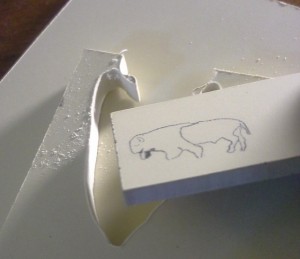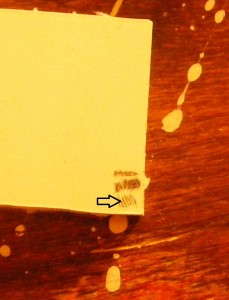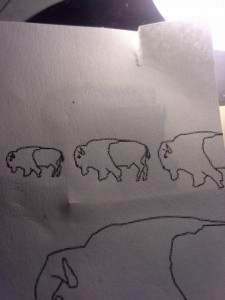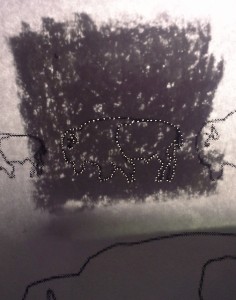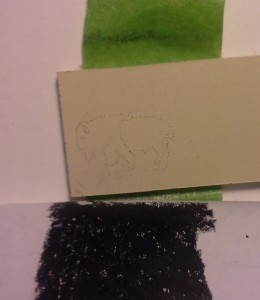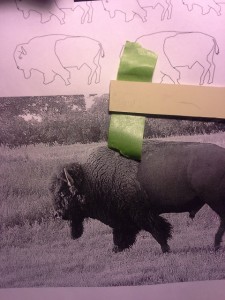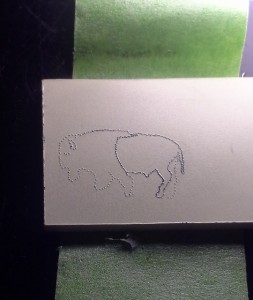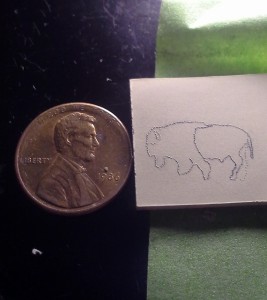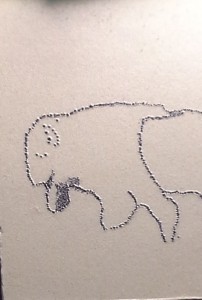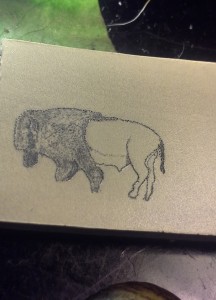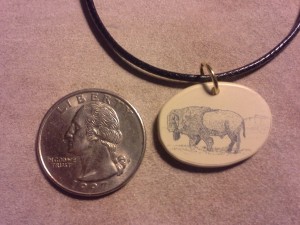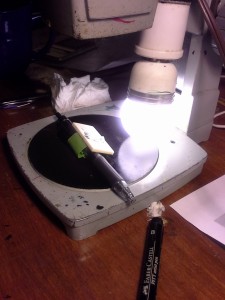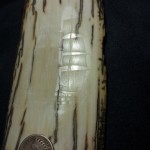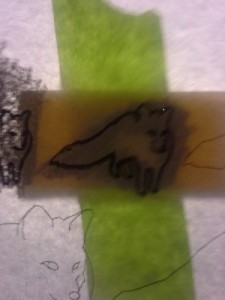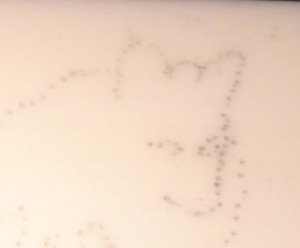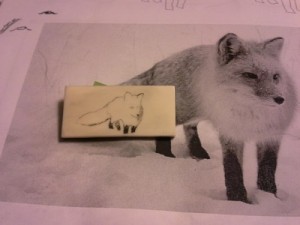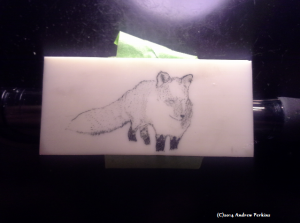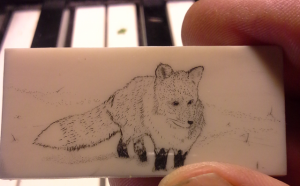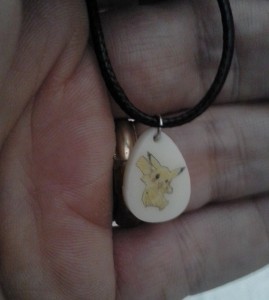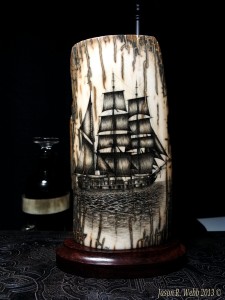 Scrimshaw on sale: One of Jason R. Webb’s premier works of art is taking a temporary price drop!
Scrimshaw on sale: One of Jason R. Webb’s premier works of art is taking a temporary price drop!
Jason’s “Whaling Bark”, a scrimshaw of the C.W. Morgan was entered in the 2013 International Scrimshaw Competition and stood up well against some incredible competition.
Jason’s style is unique in the world of scrimshaw. Using both scribe lines and stipple, Jason is able to create the subtle texture of the canvas on the sails and the texture of the wood of the ship, along with an excellent frothing sea that fades gracefully toward the bottom yet still reflects the mast. Using sweeping scribe lines the sails billow and the salt water splashes against the side of the ship. Taking four months to complete, this is one of his first ships on rare mammoth ivory. Standing five inches tall (12.7cm) it is mounted on a rich dark wood base. The back of the piece is signed and dated by the artist.
Jason’s original private sale price was $1500, but he is putting his scrimshaw on sale for $999 to help defray costs of his move to a larger place so he and his new family will have room to grow. This magnificent piece is on ancient mammoth ivory as evidenced by the Schreger lines on the base, and is legal for sale worldwide.
Once Jason has moved, this piece will likely return to the original price, so act fast. Contact Jason at jasonwguitar@gmail.com
See this one of a kind piece from start to finish: “Whaling Bark”
